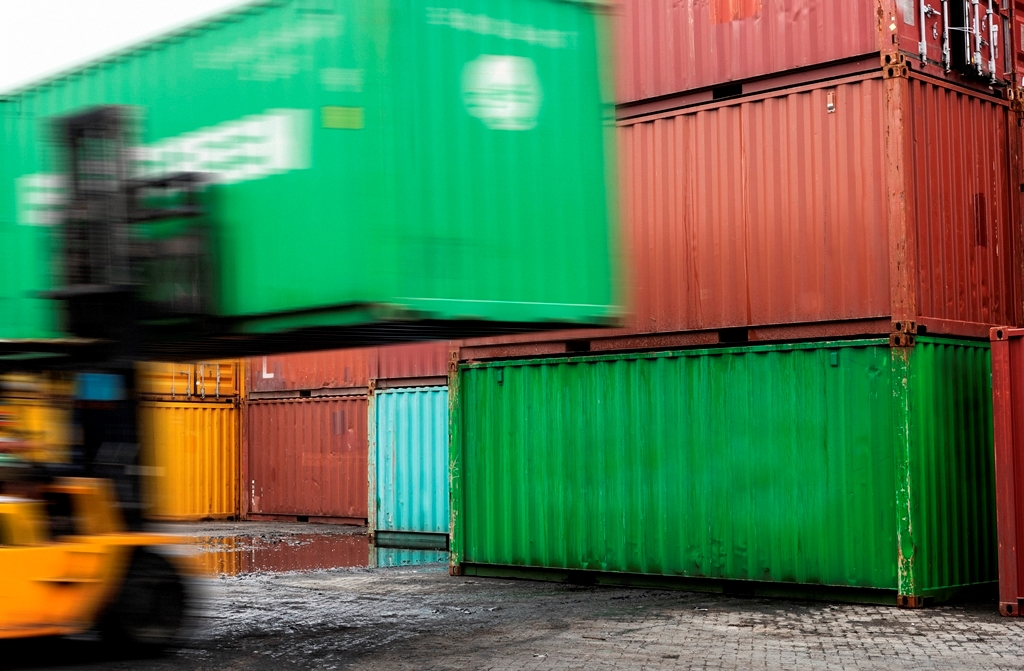SINGAPORE (ANN/THE STRAITS TIMES) – As US President-elect Donald Trump signals a more aggressive trade stance with blanket tariffs on imports, analysts warn that South-east Asian countries face the risk of an influx of cheaper Chinese goods being shut out of the American market, potentially threatening regional economies.
While such a situation could benefit consumers due to lower prices, experts say it may undermine the competitiveness of the region’s exports, impacting growth and employment.
During his campaign, Trump, who secured a second presidential term, pledged tariffs of up to 60 per cent on Chinese goods and at least 10 per cent on imports from other nations. He also threatened to withdraw from the Indo-Pacific Economic Framework for Prosperity and raised doubts about US military commitments in Asia.
“If Trump enacts these tariff measures, South-east Asia could see an influx of low-cost Chinese goods,” said Trinh Nguyen, a senior economist with Natixis in Hong Kong. “This poses a challenge for countries aiming to industrialise, as they may struggle to compete against state-subsidised Chinese products.”

Priyanka Kishore, founder of Asia Decoded consultancy, noted that Trump’s plans could heighten trade tensions in the region. “With investigations into Chinese dumping already underway in some ASEAN nations, a surge in Chinese exports due to US tariffs may escalate these frictions, although a full-blown trade war is unlikely,” she said.
Among ASEAN economies, Vietnam is at the greatest risk due to its substantial trade surplus with the US, reported at USD 90 billion as of September. Vietnam, having benefited from the previous US-China tariff wars, could now face scrutiny as a conduit for Chinese goods entering the US market, Kishore explained.
Thailand is also likely to draw attention due to its significant trade surplus with the US and growing Chinese investment, particularly in its electric vehicle sector. “The relocation of Chinese companies during Trump’s first trade war could prompt new scrutiny on supply chains involving South-east Asian nations,” said Burin Adulwattana, chief economist at Thailand’s Kasikorn Research Centre.
Despite these challenges, analysts believe there could be opportunities. For instance, Indonesia may gain from diversifying its trade partnerships, with President Prabowo Subianto targeting ambitious economic growth goals and strengthening ties with the Brics bloc.
Malaysia could also see benefits if US tariffs on Chinese goods, such as rubber gloves, are reintroduced, said Lee Heng Guie of the Socio-Economic Research Centre. During Trump’s previous administration, Malaysia’s exports to the US increased by 7.7 per cent annually from 2018 to 2022, bolstered by tariff measures.
“While targeted tariffs under Trump 1.0 spared many South-east Asian nations, it remains uncertain how broad the new tariff policies will be,” Trinh said.
As South-east Asia braces for potential economic shifts, regional leaders may need to strategically navigate the challenges posed by US-China trade tensions to safeguard growth and stability.




